New York’s subway is a beast—fast, iconic, and full of surprises. It gets you almost anywhere in the city, but it also comes with packed platforms, delayed trains, and more than a few unwritten rules. For tourists and even locals, the chaos can be overwhelming if you don’t know how to work around it. The good news? A few smart habits can make the whole ride smoother and less stressful.
Here’s a list of 16 solid tips to help you avoid the worst of the subway crowds.
Travel Before 7:30 AM or After 10:00 AM
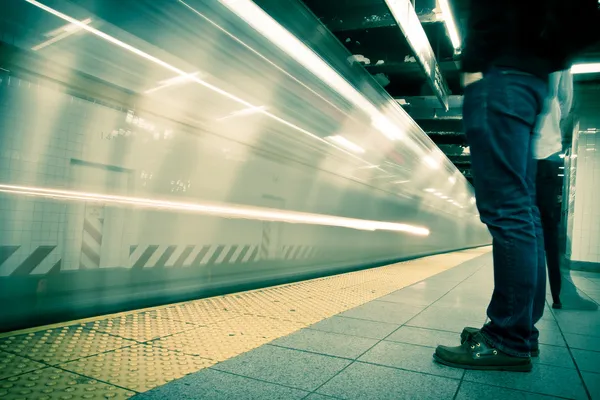
Rush hour in NYC starts early and hits hard—especially between 7:30 and 9:30 AM. Trains fill up fast, and platforms turn into shoulder-to-shoulder stand-offs. If you’re heading out early, try to leave before the peak hits. Waiting just an extra hour can make the difference between being packed like sardines and getting a seat.
Morning quiet time exists—it’s just a little earlier or later than you’d expect.
Skip the First and Last Cars
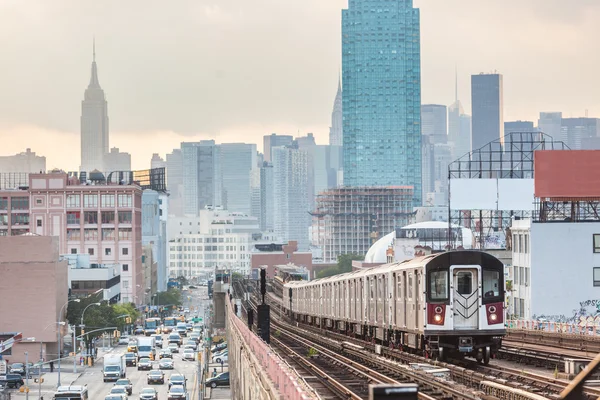
The front and back of the train usually attract the biggest crowds. Most people go for the closest car to the station entrance, and that’s often the one up front. The middle cars, on the other hand, tend to be less packed—even during busy times. Move a few cars down, and you might find more standing room or even a spare seat.
It’s a small adjustment that pays off fast.
Like Travel Pug’s content? Follow us on MSN.
Use Stations With Multiple Entrances
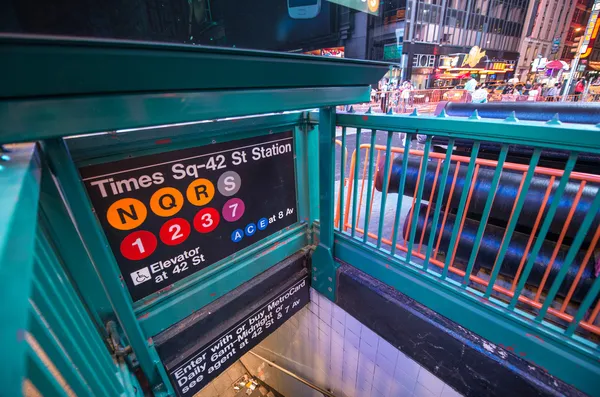
Some subway stops only have one narrow staircase, and that’s where bottlenecks build. Stations with multiple street-level entries or wider platforms spread the crowd out better. Places like Union Square or 34th Street–Herald Square have more room to move and more exit options.
If you’re unfamiliar with a station, check the MTA map app before heading down. It’s worth walking a block or two for an easier ride.
Ride in Off-Direction Trains First
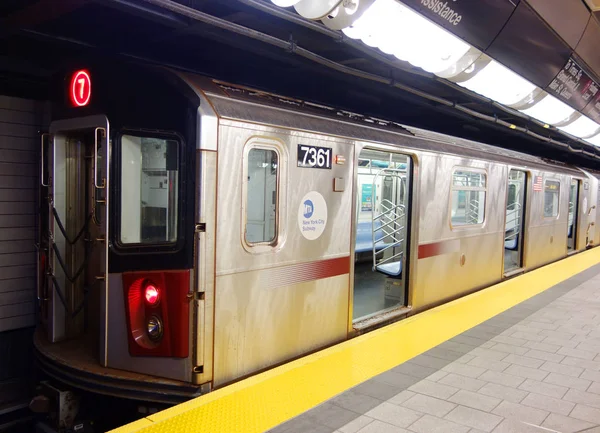
Here’s a sneaky trick: if the train is already packed heading in your direction, ride one stop the wrong way to board before the crowd. You’ll get on an emptier car and likely snag a seat before it fills up again.
It takes an extra couple of minutes but makes a big difference during rush hour. Locals do this all the time—it’s basically subway judo.
Avoid Major Transfer Hubs During Peak Times
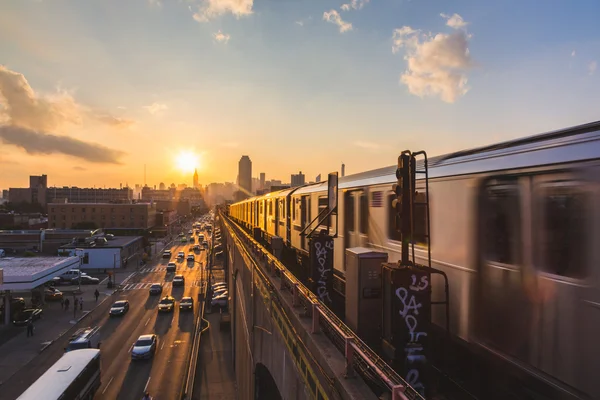
Big transfer stations like Times Square, Penn Station, or Grand Central are chaos magnets during rush hours. Platforms are tight, stairs jam up, and everyone’s in a rush. If you can take a less-trafficked route, even if it adds a few blocks of walking, do it.
Smaller stations may be less flashy, but they move quicker and feel a whole lot calmer.
Like Travel Pug’s content? Follow us on MSN.
Let the First Train Pass
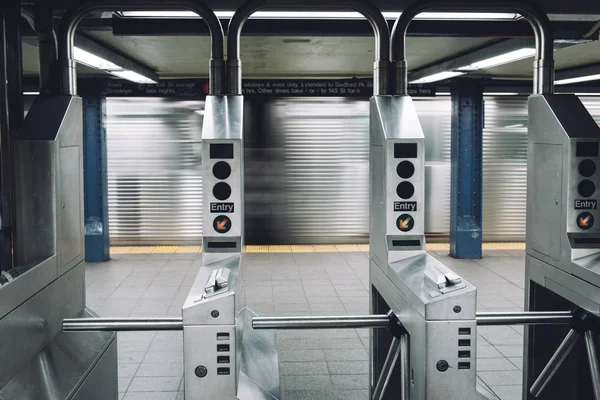
If a train rolls in and it’s jammed wall to wall, don’t fight your way on. The next one—especially during busy hours—might be just a minute or two behind and far less packed. People get off at every stop, so even waiting one extra train can be a better call than squeezing in and getting elbowed.
Sometimes, patience gets rewarded with personal space.
Time Your Weekend Trips Carefully
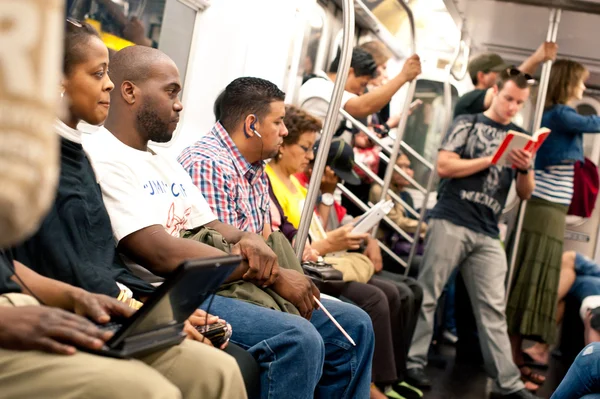
Weekend service in NYC is unpredictable. Lines get rerouted, trains run less frequently, and delays can snowball fast. Avoid midday Saturday or late Sunday afternoon when everyone’s heading out or coming home. Early mornings or late evenings on weekends are usually quieter.
Always check the MTA’s service changes ahead of time—those orange signs aren’t just for decoration.
Skip 42nd Street If You Can
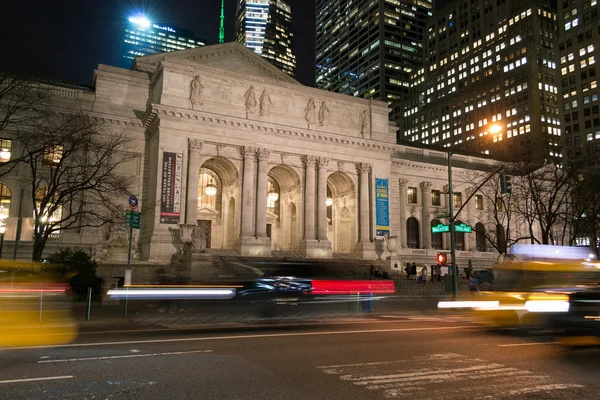
Times Square–42nd Street Station might be the most famous stop in NYC—and also one of the most jammed. The crowds are constant, whether it’s 8 AM or 8 PM. If you can, use Bryant Park or Port Authority instead—they’re close by and much easier to navigate.
Times Square is worth seeing, sure—but not during a train transfer.
Like Travel Pug’s content? Follow us on MSN.
Use the MYmta App
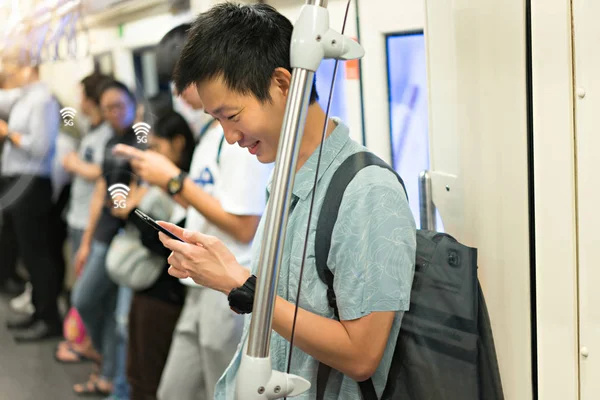
The official MYmta app gives real-time train arrivals, service alerts, and crowding estimates. You’ll know if a delay’s coming or if a different route would get you there faster. It’s more accurate than Google Maps when it comes to NYC’s system.
Save yourself the guesswork and check before you swipe your MetroCard—or tap your phone.
Stay Close to the Exit Door Area
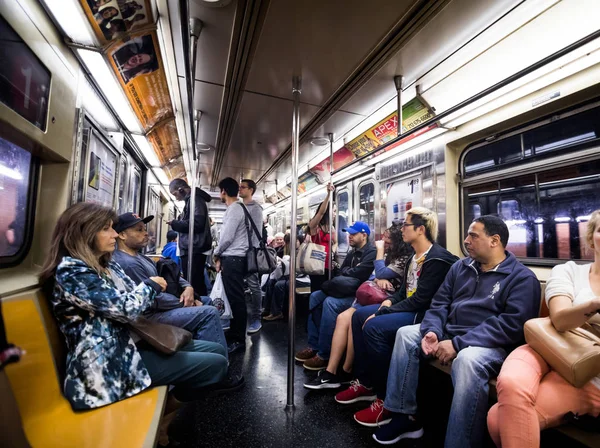
If you know which exit you’ll need, position yourself in the train so you’re close to the right staircase. This might sound minor, but it saves time and keeps you out of the crush of people scrambling at the last second. Signs on platforms often show where exits are relative to car positions.
Planning here helps you avoid swimming upstream when the train stops.
Walk Between Nearby Stops
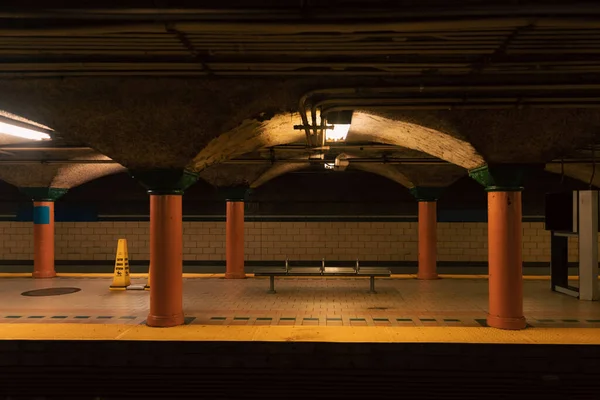
Some subway stations in Manhattan are just a few blocks apart. In crowded times, it might actually be faster (and less stressful) to walk instead of riding one stop. For example, the one train between 72nd and 79th takes longer to wait for than to walk.
Check the distance on your phone before heading underground—sometimes your legs are the better option.
Like Travel Pug’s content? Follow us on MSN.
Choose Express Over Local When Possible
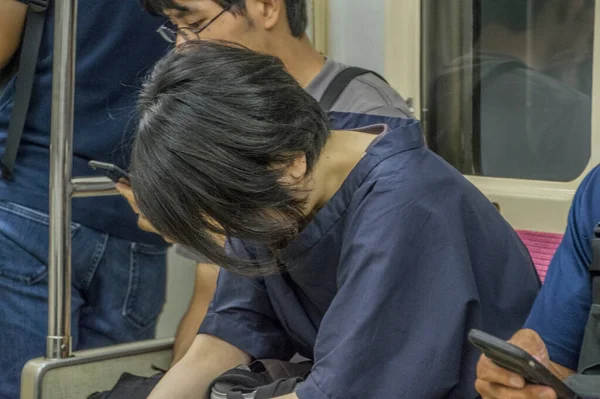
Express trains skip several stops and usually have more space—especially if you’re riding farther. Locals fill up quickly and stop every few blocks, which means more people piling on. If the express stop is close enough to your destination, take it instead and walk the extra distance.
It’s smoother, faster, and often less claustrophobic.
Avoid the Center of the Platform
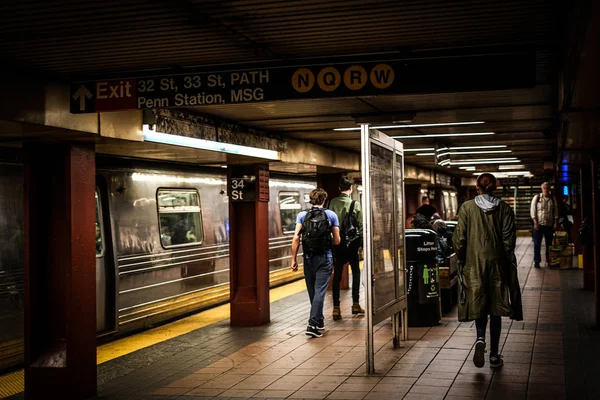
Most people stand in the middle of the platform because it’s the most obvious spot. But train conductors don’t line up exactly there—doors often open a few feet off-center, and the crowd spreads more slowly at the ends. Walk to either end of the platform and you’ll usually find more space and less jostling.
It’s a little counterintuitive, but it works almost every time.
Don’t Ride During Big Events
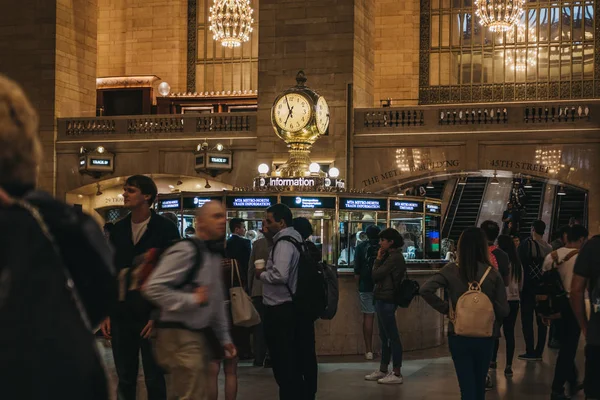
If there’s a parade, concert, or major game happening, expect trains near the venue to be swamped. The subways get overwhelmed before and after major events—especially around Madison Square Garden, Barclays Center, or Central Park. Either plan to get there well before the start time, or wait for the crowds to thin out afterward.
Otherwise, you’re in for a sweaty ride with no room to breathe.
Like Travel Pug’s content? Follow us on MSN.
Stand Clear of the Doors (Seriously)
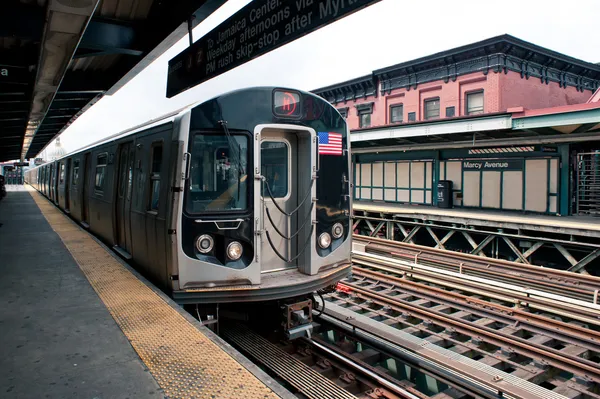
Blocking the train doors is one of the fastest ways to cause delays and frustration. Let people off before stepping in, and move into the car quickly once you’re inside. If you’re standing near the door, be ready to step out temporarily at each stop. It’s not just polite—it’s how the whole system keeps moving.
New Yorkers will let you know if you forget.
Use Alternative Lines When Possible
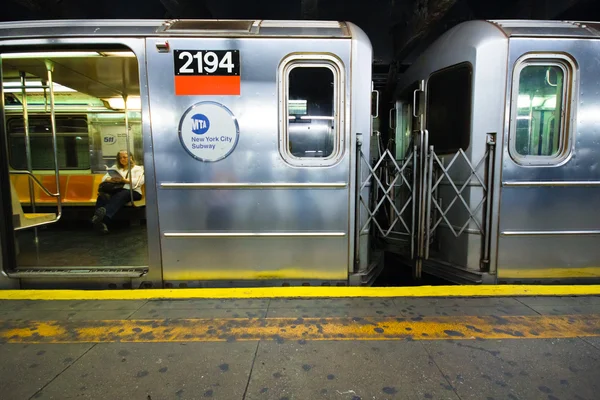
Some routes have multiple ways to get to the same place. For example, if the A train is backed up, the C or D might get you there with fewer people. Knowing which lines overlap your destination gives you more flexibility when one gets clogged.
A little route knowledge means fewer surprises—and fewer elbows to the ribs.
Riding Smart Makes NYC Easier
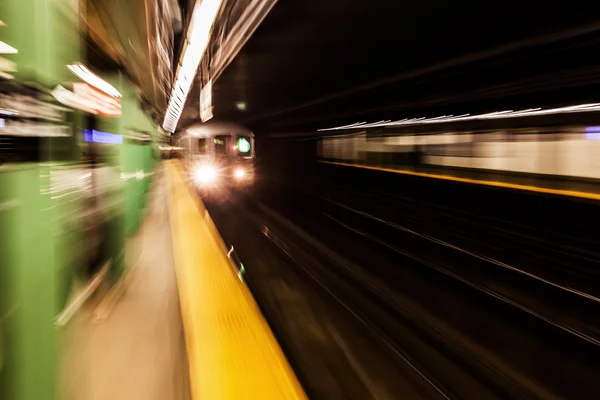
The subway’s never going to be empty—but it doesn’t have to be a mess either. A few simple shifts—timing, placement, route choices—can spare you the worst of the crowd. New York rewards people who think ahead, and the subway is no different.
Once you get the hang of it, riding the rails becomes just another part of the city’s rhythm—and a whole lot less of a hassle.
Like Travel Pug’s content? Follow us on MSN.
More from Travel Pug

- 20 Best Beach Towns in the Carolinas
- 13 Destinations Where Tourists Regularly Regret Their Trip
- 20 Things You Actually Get in First Class
- 20 Small Airports With Aviation Museums
- 20 Places in the U.S. That Are Perfect for a Reset Trip
Like Travel Pug’s content? Follow us on MSN.
